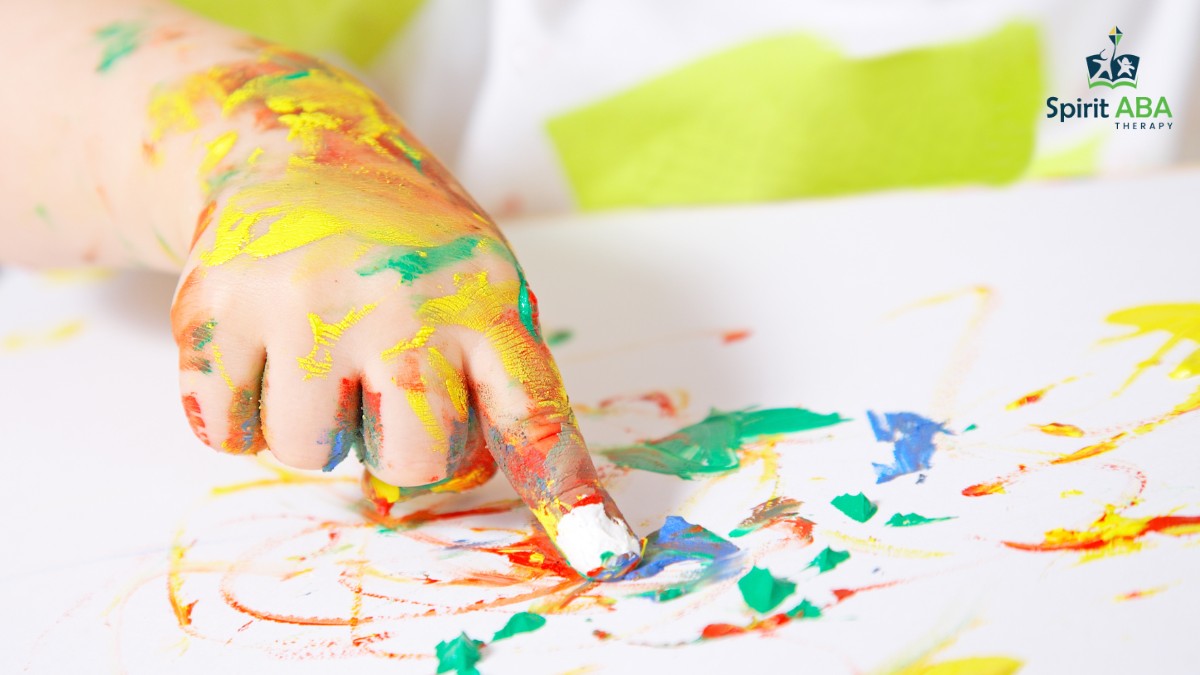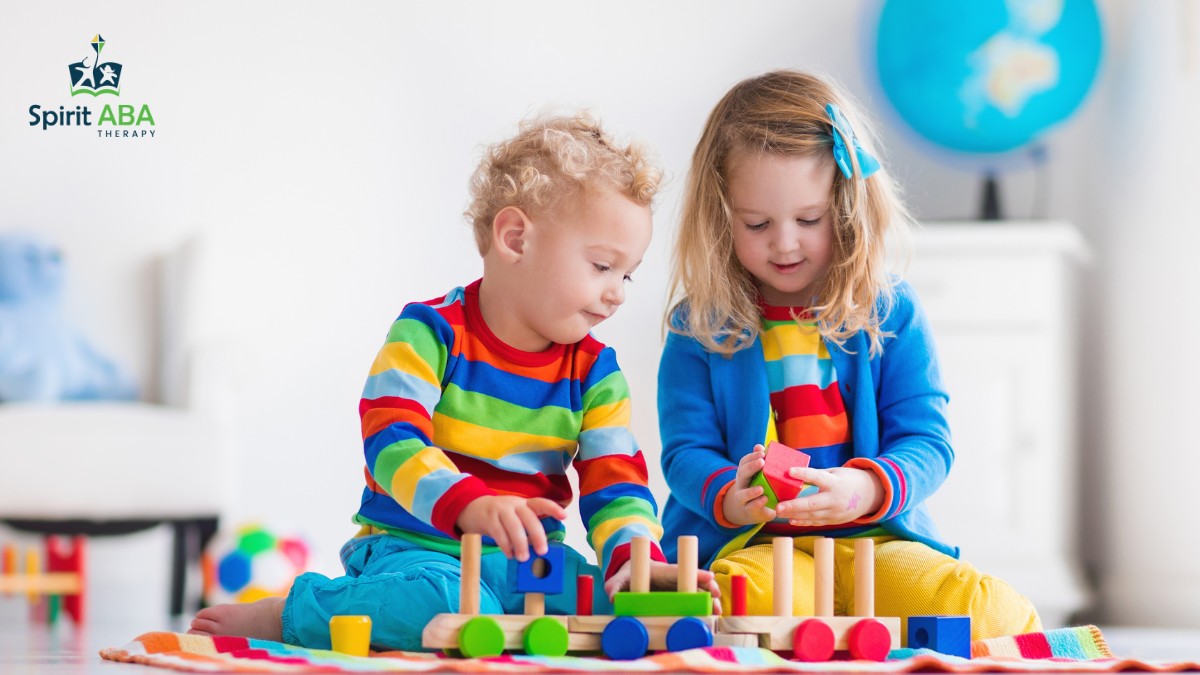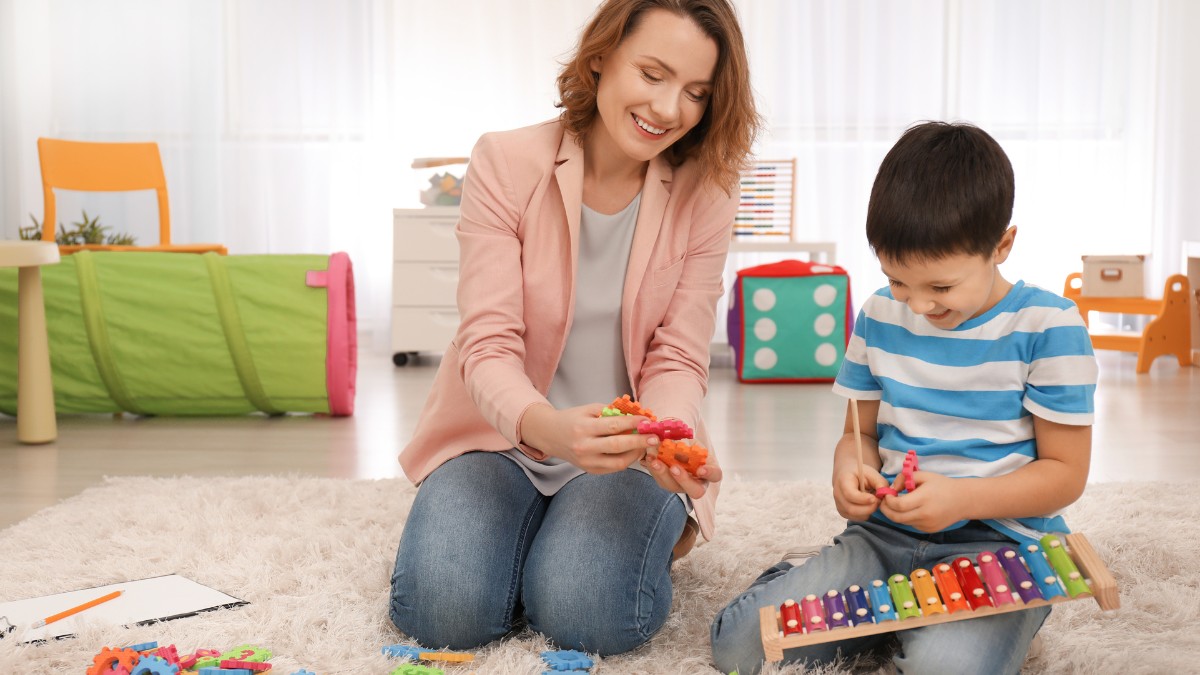Key Points:
- Engaging autism fun activities can help children develop social, sensory, and communication skills while enjoying themselves.
- Structured play, sensory-friendly games, and creative arts are excellent ways to promote learning in a low-stress environment.
- Tailoring activities to your child’s interests and needs increases participation and long-term benefits.
When traditional learning methods fall short, play becomes powerful. These carefully chosen autism fun activities meet children where they are, transforming everyday moments into chances to learn, connect, and smile.
What Are the Best Autism Fun Activities for Learning and Play?
Finding the right autism fun activities can make a world of difference in your child’s development. Many children with autism thrive when activities are structured, sensory-friendly, and aligned with their interests. The key is to blend enjoyment with skill-building—whether it’s improving communication, motor skills, or social interaction.
There are many effective autism fun activities that support learning. From sensory bins to social stories, the right games can reduce anxiety while teaching valuable life skills. Below, we’ll explore engaging, therapist-approved ideas that you can easily try at home or outdoors.
Sensory Play Activities for Calm and Focus
Sensory play helps children with autism regulate their emotions while exploring textures, sounds, and movements. These activities are especially helpful for kids who are sensitive to sensory input or seek extra stimulation.
1. DIY Sensory Bins
Fill a container with rice, beans, or kinetic sand, then hide small toys inside. This encourages fine motor skills and focus as children dig and discover. For added fun, include spoons, cups, or themed items like dinosaurs or cars.
2. Water Play
Simple water activities—like pouring, splashing, or floating toys—can be both calming and engaging. Add food coloring or bubbles to make it more visually stimulating.
3. Sensory Walks
Create a textured path using rugs, foam tiles, or outdoor materials like grass and sand. Walking barefoot helps with balance and body awareness.
Observe your child’s reactions to adjust sensory input. Some kids prefer gentle touches, while others enjoy deep pressure.
Social Skills Games for Interaction and Communication
Many children with autism benefit from structured social activities that teach turn-taking, sharing, and conversation in a fun, low-pressure way.
1. Board Games with Visual Supports
Games like Candy Land or Zingo use bright colors and simple rules. Add visual aids (e.g., a “my turn/your turn” card) to reinforce social cues.
2. Role-Playing with Puppets
Puppets can model greetings, emotions, or problem-solving. For example, act out a scenario where a puppet asks to join a game.
3. Scavenger Hunts
Create a picture-based list of items to find indoors or outside. This promotes joint attention and teamwork.
Keep groups small initially to avoid overwhelm, and gradually increase social challenges as your child gains confidence.

Creative Arts for Expression and Fine Motor Development
Art projects allow nonverbal or minimally verbal children to express themselves while improving hand-eye coordination.
1. Finger Painting with Edible Paint
Use yogurt mixed with food coloring for a taste-safe option. This is great for sensory exploration and creativity.
2. Music and Rhythm Games
Singing, drumming, or playing simple instruments (like shakers) can boost auditory processing and imitation skills.
3. Playdough Sculpting
Rolling and shaping dough strengthens hand muscles. Add cookie cutters or beads for extra engagement.
If your child resists messy play, try tools like brushes or sponges to ease into tactile experiences.
Outdoor Activities for Energy and Exploration
Nature offers rich sensory experiences and opportunities for gross motor development.
1. Bubble Blowing
Chasing and popping bubbles encourages movement and laughter. Use a battery-operated bubble machine for consistency.
2. Obstacle Courses
Set up tunnels, cones, and stepping stones to build coordination. Describe each step with simple language (“Jump over the rope!”).
3. Gardening
Planting seeds or watering plants teaches responsibility and patience. The textures of soil and leaves provide sensory input.
If your child tends to wander, choose fenced areas or use a safety harness for outings.
Technology-Based Learning Tools
Apps and videos can reinforce skills when used in moderation. Look for options with clear visuals and minimal distractions.
1. Interactive Story Apps
Apps like Endless Reader combine words with animations to build vocabulary.
2. Puzzle Games
Digital jigsaws or matching games improve problem-solving. Set a timer to manage screen time.
3. Yoga Videos for Kids
Follow-along videos with simple poses (e.g., “tree pose”) promote relaxation and body awareness.
Pair tech time with hands-on play to keep activities varied.

How to Adapt Activities for Autistic Individuals
Every child with autism is unique, which means activities may need tweaking to match their needs. The key is keeping the fun while reducing stress. Whether your child is sensory-seeking or easily overwhelmed, small adjustments can make playtime more engaging and successful.
Consider Sensory Needs First
Start by observing your child’s reactions to different stimuli:
- For sensory avoiders: Reduce loud noises, bright lights, or messy textures
- For sensory seekers: Add more tactile elements or movement opportunities
- For mixed sensitivity: Offer “escape routes” (like noise-canceling headphones)
Example: If painting is stressful, try:
• Using brushes instead of fingers
• Choosing less sticky paints
• Working on vertical surfaces
Simplify Instructions
Break down directions into clear, visual steps:
- Use picture cards or demonstrations
- Give one instruction at a time
- Incorporate special interests when possible
Try this for board games:
- Start with just taking turns (ignore the rules)
- Add one rule at a time
- Use a visual timer for the turn length
Build in Flexibility
Allow modifications so activities grow with your child:
- Time: Shorten or extend as needed
- Space: Offer quiet corners or open areas
- Participation: Let them observe first
Remember: The goal is engagement, not perfection. What starts as 30 seconds of interaction today may become 30 minutes tomorrow.
Use Special Interests as Bridges
Incorporate your child’s passions to increase motivation:
- If they love trains, create a train-themed obstacle course
- For dinosaur fans, make fossil-digging sensory bins
- Turn letters/numbers into characters if that’s their interest
This approach transforms “have to” into “want to” while building new skills.
Prepare for Transitions
Many autistic children struggle with activity changes. Help by:
- Using visual schedules/timers
- Giving clear “finish” cues (like a special song)
- Offering transition objects (a favorite toy to carry between activities)
Pro tip: End on success – it’s better to stop while they’re still enjoying it than wait for frustration.
The magic happens when we meet children where they are. With these adaptations, you’ll create more joyful, successful experiences that both you and your child will look forward to.
How ABA Therapy in Iowa, Colorado and Nebraska Enhances Learning Through Play
At Spirit ABA, our ABA therapy in Iowa, Colorado and Nebraska incorporates play-based strategies to help children with autism build essential skills. We design personalized plans that turn everyday fun into meaningful progress—because growth happens best when kids are engaged.
Ready to explore more? Contact us today to see how ABA therapy can make learning enjoyable for your child!


